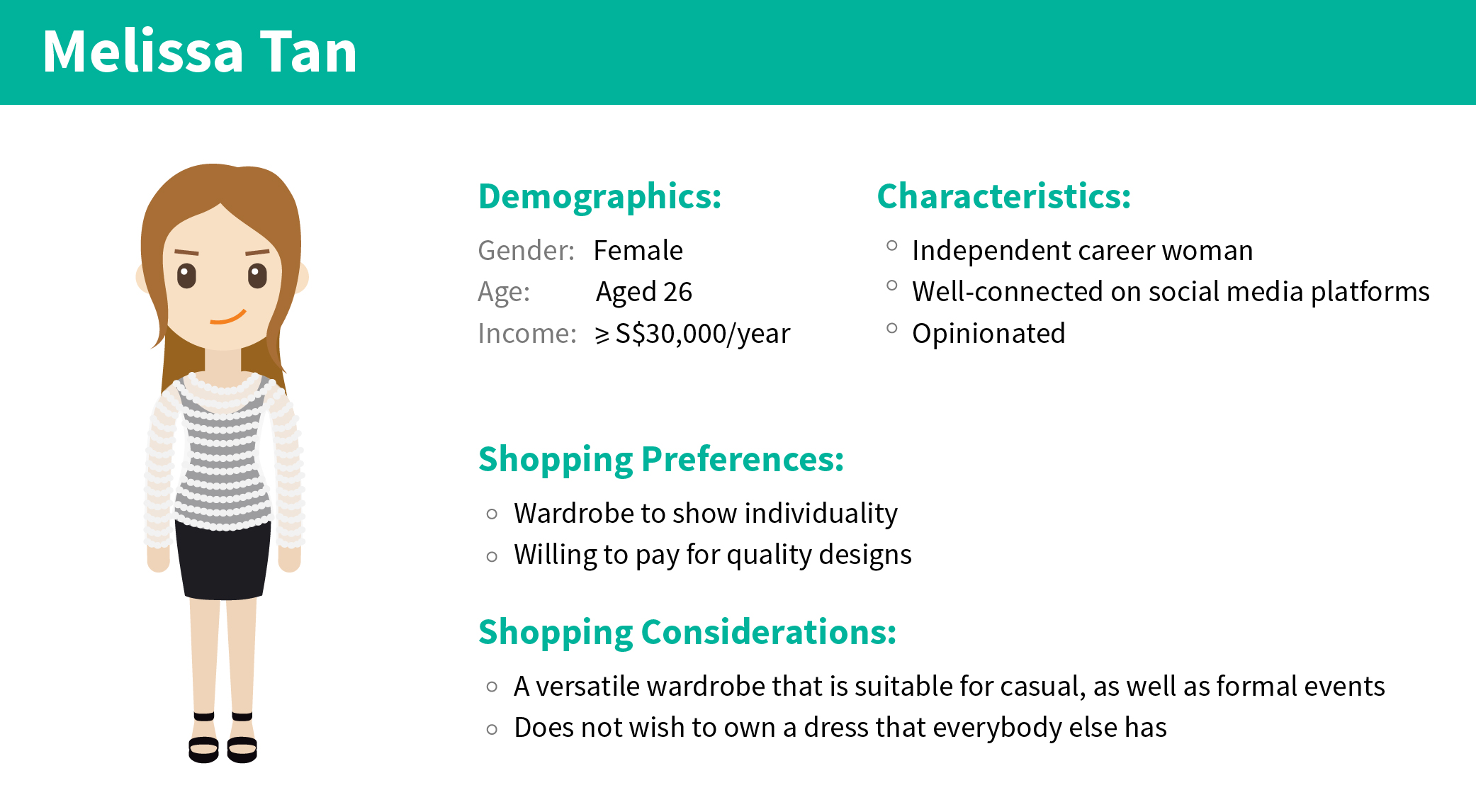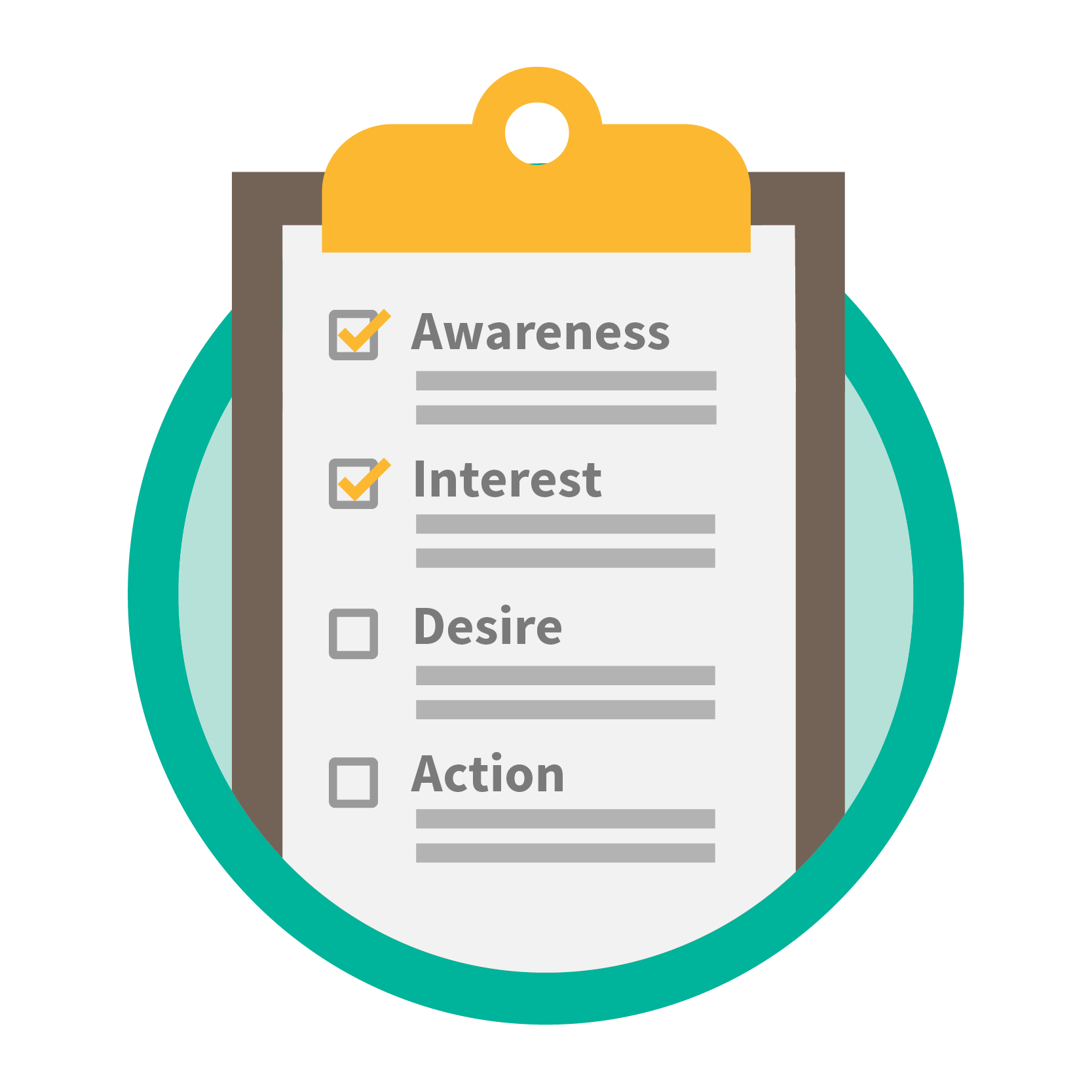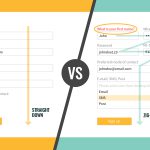Get Started with Marketing for New Retail Business Owners
You could be planning or possibly already preparing to open your doors for a new retail venture; and in all likelihood, you would have cracked your head at some point of time over issues such as funding, logistics, recruitment, leases, and the list goes on!
For some entrepreneurs, marketing is one cause of those headaches – tedious and difficult to grasp – inevitably with changing consumer trends, and the onset of social networking and Internet of Things (ToT). Coming up with creative marketing strategies and getting the word out about your new enterprise are now extremely challenging and requires a lot of time and focus.
If you’re feeling overwhelmed and unsure where you should be starting with marketing for your retail business, we’re here to help. We will start off with Marketing 101, some background information about marketing, and then move on to some immediate quick tips on how to get started with marketing.
Marketing 101

So, what would your understanding of marketing be?
The Business Dictionary defines marketing as, “the management process through which goods and services move from concept to the customer.”
To put it in simpler terms, marketing is driven to support sales in the long run. It is a business function that helps to shape perceptions, grow a brand, participate in product innovation to match market demands, and generate leads for conversion.
If you have not established a marketing team yet, it’s high time you plan for one. With the advent of the information age, otherwise known as the digital age, the scope of marketing has expanded tremendously to cover a wider range of marketing specialisations, such as market research, product development, content planning and copywriting, advertising (both traditional and digital), data analysis and more.
5 Quick Tips to Kick Off Marketing
We have compiled a brief list of five tasks to work on in order to get started with retail marketing.
1. Identify your target audience.
Duh, right? Well, if you have reacted in this manner, then good for you. If you haven’t, and this is entirely new to you, then welcome on taking your first step into marketing with us.
By identifying your retail business’s target audience, we meant to ask, “Who exactly are your ideal customers?” You will need details so don’t just touch the surface when profiling for your ideal target audience. Dig deep to understand behavioural characteristics, demographic, pain points and goals of your audience.
Once you have completed brainstorming these details, put them into a buyer persona to present a clearer overview of how your ideal customer can be represented. The buyer persona will be a visual representation of your target audience and also a roadmap for next steps to take as an organisation or team.
Here is an example of a buyer persona for a female high street fashion retail outlet:

2. Develop your business around your target audience.
With the buyer persona you have worked out in the previous point, start looking into plans and strategies that will help you meet your customers’ needs and wants, or even solutions to resolve their concerns.
Note down a list of realistic marketing goals you hope to achieve by a given timeline. Then, get started by asking yourself what it takes to achieve these goals.

3. Marketing is a multifaceted discipline.
Do not expect marketing to be linear or consistent. In the past, with traditional mediums of advertising, messages were used to inform and convey ideas or concepts to target audiences in a one-way, linear communication method. However, in this time and age, marketing has evolved into conversations between brands and customers.

Hard selling is a dated practice and major brands have begun creating stories and personalities to connect with their customers. An excellent example of brand storytelling would be Disney; by producing meaningful and memorable stories, Disney’s productions are highly relatable, engaging, and allow viewers to associate, propagate and pass the story on to someone else.
4. Content is king.
What makes a good story? Well, a strong content strategy makes a good story. Share useful, meaningful and original content to engage customers in conversations. Don’t just talk about how good your products are; show how well it works!
Blendtec does this successfully with their “Will It Blend?” video series, where the CEO personally demonstrates how strong their juice blenders are by blending up iPhones, marbles and all sorts of other objects you’d never thought possible!
5. Marketing is dynamic.
With retail shifts, changing consumer behaviour and advances in technology, marketing strategies and channels continue to evolve so as to meet demands and expectations.
Pay continuous attention and effort towards understanding upcoming retail trends and opportunities, such as Retail 4.0 and omnichannel retailing, where retail businesses are beginning to integrate point-of-sale systems with eCommerce and even social media platforms to create a seamless experience for retailing.
Also, make sure you continue to check in with your target audience from time-to-time to ensure your products and services remain relevant and competitive.
We hope these tips are useful in helping you kick start marketing for your retail business!
 +65 6696 5457
+65 6696 5457 enquiries@pozento.com
enquiries@pozento.com







